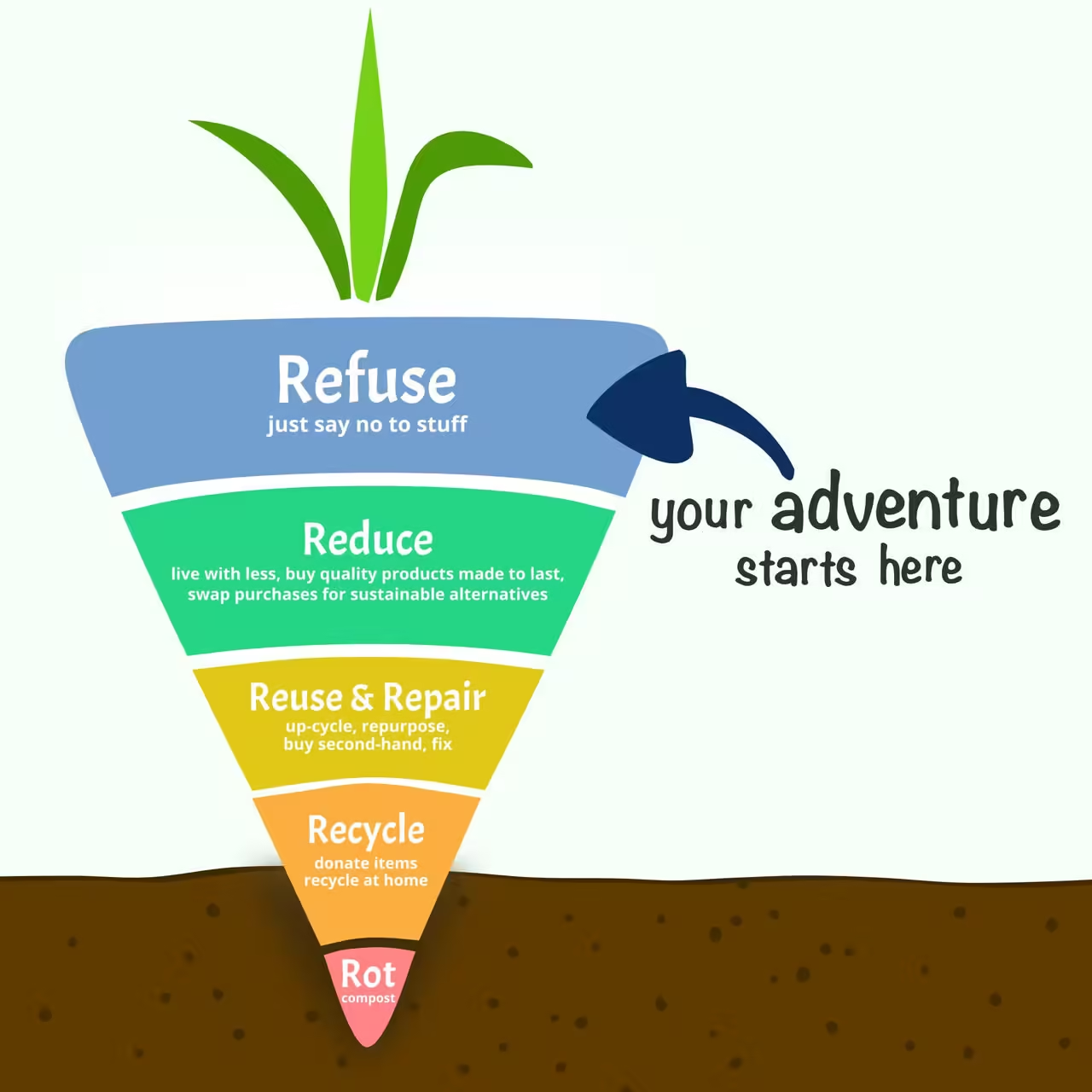Rosetta Probe: Ten Years Since the Comet Rendezvous That Changed Space Exploration

- Food Lover’s Guide to the Most Iconic Dishes Around the World
- Imagining a World Without Whales: The Ecological and Cultural Impact
- November 3: Significant Historical Events
- All Souls’ Day: A Journey Through History, Belief, and Cultural Tradition
- November 2: Significant Moments in History
Rosetta Probe: Ten Years Since the Comet Rendezvous That Changed Space Exploration
A significant turning point in space exploration was reached in 2014 when the European Space Agency’s (ESA) Rosetta spacecraft completed the first orbit around a comet. Scientists’ knowledge of comets, the origins of water on Earth, and even the components of life has changed dramatically as a result of the abundance of data this mission, which sought to examine Comet 67P/Churyumov-Gerasimenko up close, produced. After ten years, the Rosetta project is still regarded as a significant accomplishment in space research, praised globally for its scientific and technological advancements.

The Long Road to 67P/Churyumov-Gerasimenko
Rosetta didn’t have an easy time getting to the comet. The probe was launched on March 2, 2004, and it traveled for ten years before arriving at Comet 67P in August 2014. Rosetta employed gravitational aids, passing past Earth and Mars several times, to increase its speed to the point where it could intercept its objective. By using this method, the probe was able to gain speed as it traveled through the Solar System. Rosetta ultimately arrived at Comet 67P on August 6, 2014, giving mankind its first up-close look at this enigmatic cosmic body.

Rosetta’s First Orbit and Significant Comet Landing
Rosetta followed 67P closely as it traveled toward the Sun, becoming the first probe to circle a comet once it got there. Scientists were able to examine a comet’s surface, composition, and behavior as it warmed up and became active thanks to its orbit around the comet. Although this mission milestone was revolutionary in and of itself, the release of the lander Philae shortly after marked the greatest accomplishment.
The first-ever soft landing on a comet was accomplished on November 12, 2014, when Rosetta launched Philae, which landed on the comet’s surface. Even though the landing didn’t happen exactly as planned—the lander bounced because its harpoons didn’t work properly—it was still able to transmit important data for almost three days until its battery died. Philae’s short mission was sufficient to provide important new information on the comet’s surface structure, chemical makeup, and other aspects.
The Rosetta Mission’s Major Findings and Contributions
Rosetta changed the way scientists thought about comets and how they could have shaped the Solar System throughout its two-year mission. Cometary science is still being shaped by the data Rosetta gathered, which serves as a basis for research on comets and other tiny things in space.
- Organic Molecules and Life’s Foundations: The identification of intricate organic compounds on the comet’s surface was one of Rosetta’s most significant findings. Amino acids, the basic building blocks of life on Earth, were among these compounds. This discovery provided credence to the theory that comets could have helped life begin by bringing necessary organic chemicals to the early Earth. New theories on the beginnings of life and the function of comets in transporting components necessary for life across the Solar System were revealed by the discovery of these chemicals.
- The Origins of Earth’s Water and Its Composition: Finding out if comets may have brought water to Earth was one of Rosetta’s main objectives. Scientists discovered that the isotopic makeup of the water on Comet 67P differed greatly from that of Earth’s water. The discovery cast doubt on the idea that comets were the main supply of water on Earth, raising the possibility that asteroids were the more plausible delivery systems. This discovery has improved our knowledge of the Solar System’s evolutionary history and the origins of water on Earth.
- Surface Changes and Commetary Activity: Rosetta monitored the comet’s surface dynamic activity as 67P approached the Sun, including outgassing episodes in which jets of gas and dust burst from the comet’s surface. Scientists were able to observe the process up close as the heat from the Sun vaporized the ice inside the comet, causing these eruptions. This was a noteworthy accomplishment since it provided insight into the behavior of comets as they approach the Sun and emit volatile substances. Researchers were able to create more precise models of comet evolution and interaction with solar radiation by observing this occurrence.
- Discovering Comet 67P’s Structure: Comet 67P’s peculiar “rubber duck” structure, which consists of two separate lobes joined by a thin neck, left astronomers perplexed. This appearance gave rise to ideas on the comet’s genesis, one of which was that it was created by the union of two smaller bodies. Scientists were able to examine this structure in great depth because to Rosetta’s close-up photos and data, which might help them better understand the formation of comets and other tiny celestial bodies.
Technological Developments and Difficulties(Rosetta Probe)
The accomplishment of Rosetta marked a breakthrough in mission planning and spacecraft engineering. It took extraordinary accuracy, sophisticated trajectory modeling, and new technology to navigate and land on a tiny, moving body like Comet 67P. Technology advancements in spacecraft navigation, communications, and environmental resilience were spurred by the mission’s success in circling and landing on a comet.
Rosetta had difficulties in spite of its achievements. Rosetta’s systems were powered by solar panels because it was so distant from the Sun, and careful monitoring was required to prevent power outages. Additionally, the equipment faced particular difficulties due to the severe circumstances close to the comet, such as cosmic radiation and microgravity. These challenges highlighted the necessity of ongoing spacecraft design improvement for upcoming trips to similarly hostile settings.
The Mission’s Legacy and Conclusion
After doing ground-breaking research for almost two years, Rosetta’s mission ended on September 30, 2016. By choosing a controlled fall, the ESA sent the probe in a “soft crash” on the comet’s surface. Rosetta was able to transmit back important information until it lost contact upon impact thanks to this last maneuver, which also enabled it to take high-resolution pictures and data during its fall.
Despite the mission’s conclusion, the data gathered is still being examined to shed light on cometary science, planetary formation, and the possibility of extraterrestrial life. The accomplishments of the Rosetta project have set new standards for upcoming deep-space missions and permanently altered the course of space exploration.
How Rosetta’s Findings Will Affect Upcoming Space Missions
A new series of missions aimed at tiny things in the Solar System have been impacted by Rosetta’s discoveries. Missions motivated by Rosetta’s success include Japan’s Hayabusa2 mission to the asteroid Ryugu and NASA’s OSIRIS-REx mission to the asteroid Bennu. Rosetta’s operating plans, trajectory planning, and close-up analysis methods have served as models for these missions, which are designed to investigate and sample asteroids.

Future research on comets, asteroids, and other minor celestial bodies will be influenced by the knowledge gathered from Rosetta. Researchers can continue to solve the puzzles surrounding the genesis and evolution of the Solar System by studying these ancient objects, which may have ramifications for our comprehension of the past of our own planet.
Honoring Rosetta’s Decade of Legacy
Rosetta is still hailed as a triumph of human ingenuity, curiosity, and teamwork ten years after arriving at Comet 67P. To share the mission’s legacy with the public, ESA and other scientific organizations have held events, produced movies, and written retrospectives in honor of the milestone. Rosetta’s narrative has inspired people all throughout the world and served as a reminder of the need of ambitious, long-term scientific research.
The mission’s influence persists as researchers continue to examine Rosetta’s discoveries, impacting both ongoing and upcoming space expeditions. The Rosetta project serves as a reminder that space research aims to increase our knowledge of the cosmos and our role in it, in addition to reaching far-off objects.
You also may like: newstimzone.com/blog



















